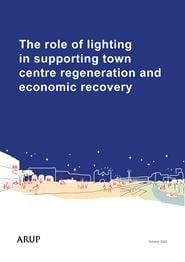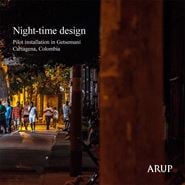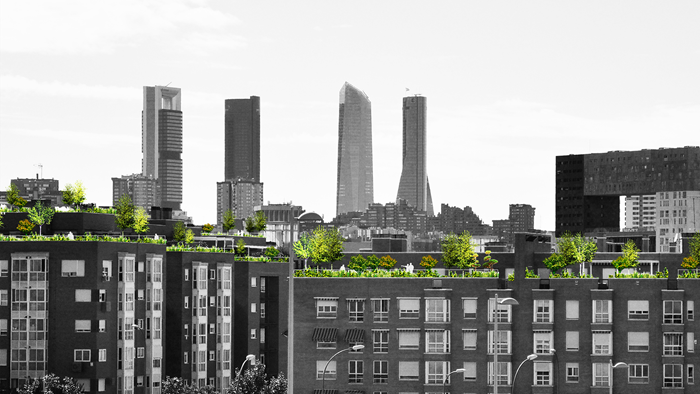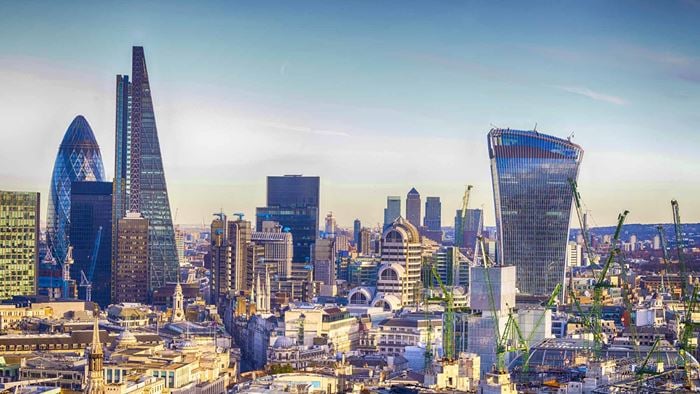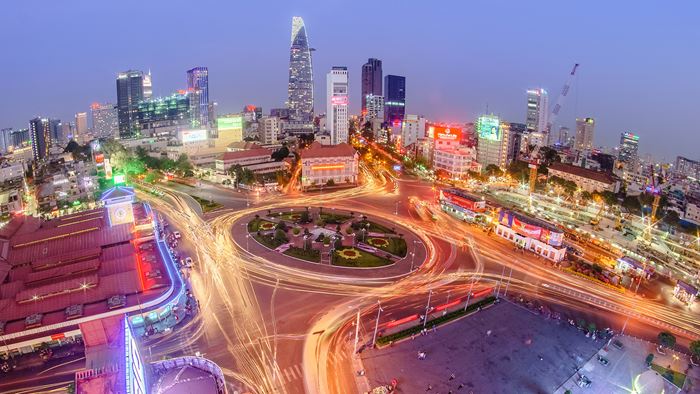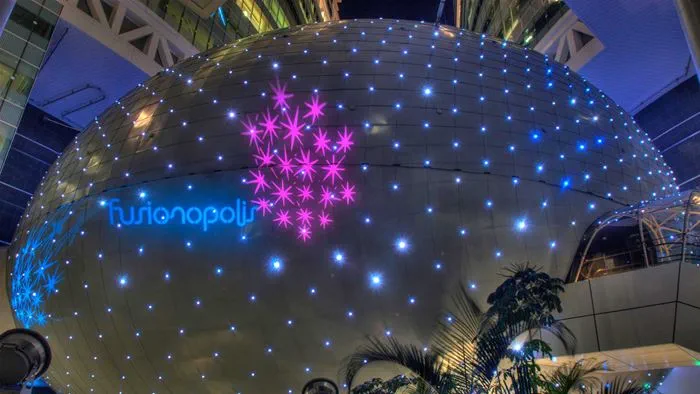How light shapes 24-hour cities
Lighting designers have joined fellow urbanists to rewrite the night. It is time to consider life after dark. Today's cities are alive 24 hours. Yet all too often town planners apply their work to the daylight hours. They neglect the potential of night-time lighting to shape urban life after dark and support 24/7 economies.
With darkness accounting for 50% of the world’s time, that potential is huge. Well-designed night-time lighting can influence the way you use and enjoy a city, the way you move around its streets and even the way you feel.
The power of night-time lighting
Have you ever stopped, for instance, to wonder why you take a certain route home at night or feel safe here but not there? Chances are it has to do with how public spaces are lit.
The right night-time lighting can make shift workers feel safe on after-dark commutes. It can make you more likely to walk or take public transport. And it can encourage you to socialise outdoors at night, contributing to its night-time economy.
“Urban lighting isn’t just about meeting safety needs through code compliance, or achieving an aesthetic effect. It presents a significant opportunity to fundamentally improve the quality of life of urban citizens. Properly considered, lighting can positively impact the ‘total architecture’ of our cities; reinforcing urban design principles, enhancing cultural experiences and encouraging social interaction. ”
Florence Lam Director
We were commissioned to improve the lighting of the garden in London’s famous Leicester Square. We noticed that it wasn’t being used to its full potential at night and set about analysing people’s movements within the space, then transforming it with light. We revealed how lighting can affect where we go, when we go and which route we take.
Industry collaboration
So what makes effective night-time lighting? Answering this question involves understanding things like how people want to use city spaces, how light affects our bodies and our behaviours, and why we need darkness too.
So creating effective night-time lighting requires expertise in lighting design, urban planning and sociology. In researching our report, we brought together experts from different disciplines to discuss the importance of lighting, and what needs to be considered when planning our cities.
What should urban lighting look like in the future?
The role that urban lighting will play in future cities will be influenced by a multitude of social, technological, economic, environmental and political factors. Cities will need to be more resilient to the challenges of the future, while also being safe and fun places to live.
In collaboration with Arup’s Foresight, Research and Innovation team, we have created an animation to communicate our vision for the future of urban lighting, which encompasses the multiple ways lighting can shape future urban environment by 2053. The animation explores how lighting technology and design solutions may contribute to achieving city resilience and sustainability and how a new approach to public lighting will allow transport infrastructure to be shaped with humans, not cars in mind; urban plazas to thrive with participation; and cities to conquer dark skies after a century for humans and wildlife to enjoy, while using natural light at its best potential during daytime.
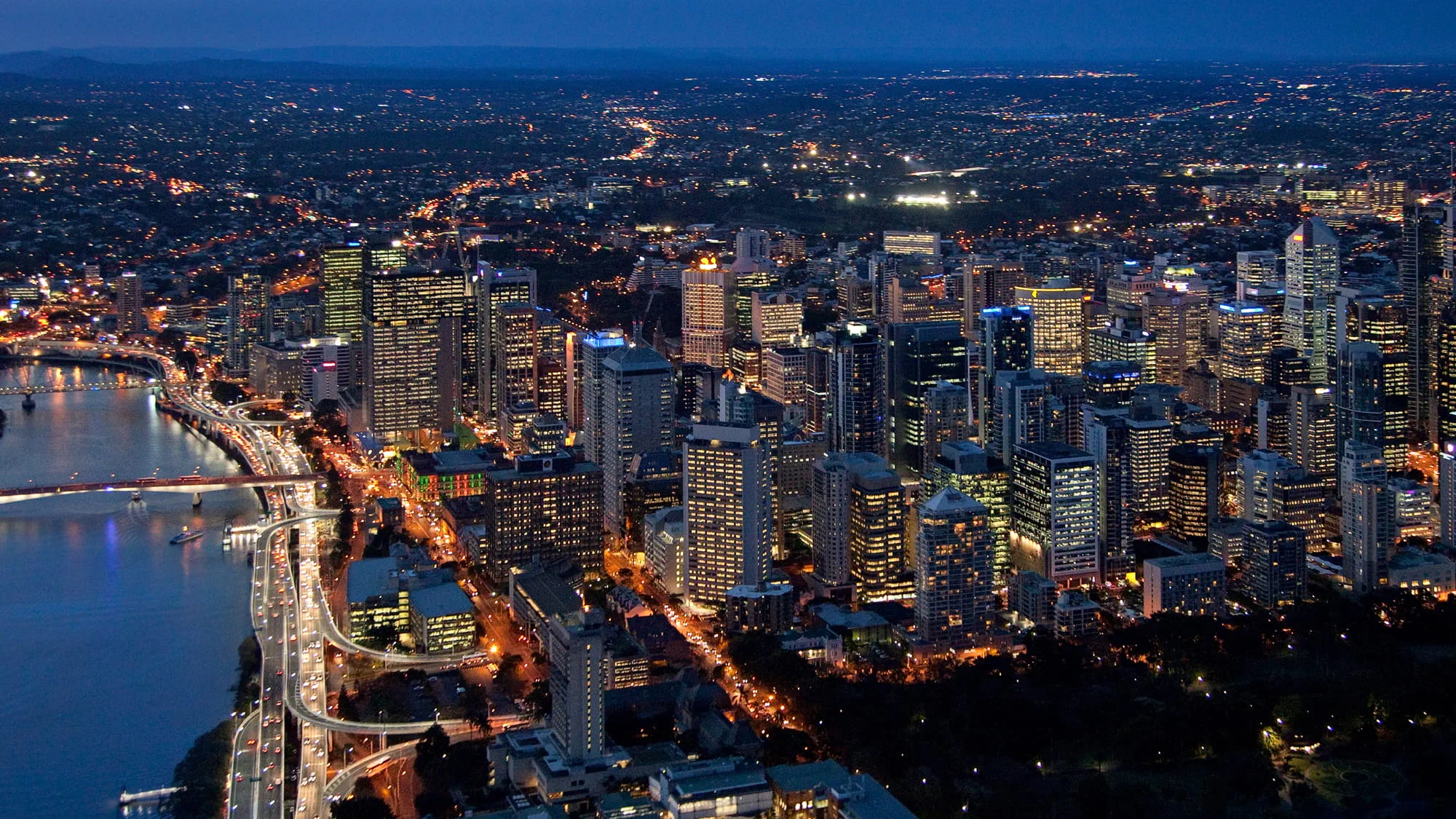 ;
;





